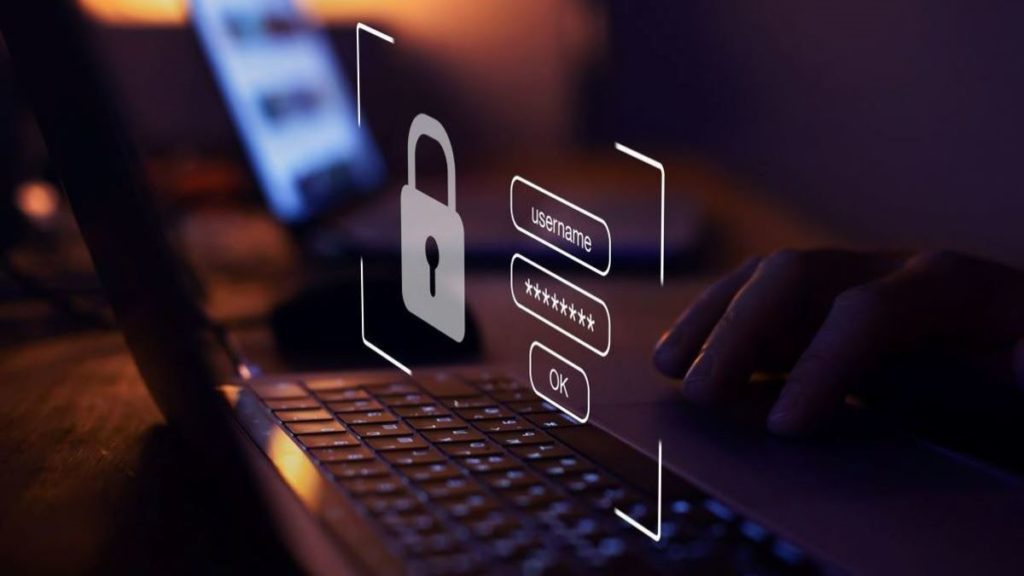Featured image by Song_about_summer
Every small business needs to put cybersecurity measures in place. In fact, cybersecurity should be high on your list of priorities in 2022. Here are three essential measures you need to take to keep your business safe.
RELATED ARTICLE: 5 MAIN CYBERSECURITY VULNERABILITIES FOR SMALL BUSINESSES IN 2021
In 2022, cyber threats are more disruptive than ever in the business world. From high-profile hacks to mass attacks on individuals and businesses, hackers are ramping up their efforts.
As a small business, you might think that you’re safe. After all, cyber criminals only go after big fish, right?
Unfortunately, that’s not true.
In fact, small businesses are the number one target of cyberattacks, making up 43% of all reported breaches. Yet only 28% of them have a plan for how to fend off cyber threats, or for how to deal with them if one happens to them.
The effects of a successful cyberattack can be disastrous. On average, in fact, they cost small businesses over USD 25,000.
In addition, you have to deal with customers’ loss of trust if their personal data is compromised. Unsurprisingly, 60% of small businesses who’ve suffered a cyberattack go bankrupt within six months.
The bottom line? Cybersecurity measures need to be high on your list of priorities in 2022.
Here are three essential measures you need to take to keep your business safe.
Step Up Your Account Security
First, start by securing all of your accounts and databases. This means performing a cybersecurity review.
Start by checking who has access to which accounts. Then, verify that they really need it. Undergoing user access review audits will help to enforce the principle of least privilege. This is useful because closely aligning access rights and access policy results in lower total risk to the organization. Generally, the more people who have access to sensitive information, the more likely it is that it will be compromised.
Next, look at the accounts themselves and verify that access credentials are sufficiently complex. Check that your passwords are highly secure and activate two-factor authentication wherever possible.
If you don’t have one already, invest in a password manager. This software will help you ensure that all your passwords are unique and secure. Many providers will also alert you if any of your information has been compromised in a data breach at another company.
This piece of advice might sound trivial, but bad password hygiene can have disastrous consequences for businesses. The Colonial pipeline hack, for instance, was only possible because a single employee did not activate two-factor authentication.
Take Measures to Raise Cybersecurity Awareness Among Team Members
Next, tackle the biggest weak point that allows cyber criminals access to your business: your team.
No matter how fantastic your cybersecurity plan is, or how good your cybersecurity software, you need to take measures to ensure that your team is on board and that they’re aware of cyber threats.
More than 80% of cyber breaches happen because a team member fell for a phishing attack. Yet only 73% of people feel confident in identifying malicious emails or links.
Similarly, only 45% of people working remotely feel fully prepared to access sensitive company information at a distance.
Even something as trivial as having a personal document stolen can lead to identity theft. Moreover, this can consequently lead to a threat to your business.
Identifying cyber threats, password hygiene, and using cybersecurity software are only a few of the measures you need to take in your cybersecurity training.
Invest in Decent Cybersecurity Software
Finally, you should consider investing in premium cybersecurity software.
Many providers of cybersecurity solutions now offer a combination of different tools on their platforms. Often, antivirus, virtual private networks (VPNs), identity theft protection, and password managers all come as part of a package.
Yet many small businesses don’t use any cybersecurity software at all. Alternatively, if they do use it, they opt for the free, consumer-grade version.
In most cases, however, this free version just doesn’t cut it. It’s often not even licensed for business use. Moreover, it won’t meet compliance regulations.
Instead, consider investing in an annual or monthly subscription for a business-grade cybersecurity platform. It will provide you with all-round protection and keep your customers’ data safe.
Take These Measures to Bolster Your Company’s Cybersecurity
The year 2022 will bring considerable cybersecurity challenges for small businesses. The best you can do is to be aware of them, and to brace yourself.
Stepping up your account security, training your team, and investing in cybersecurity software are essential steps toward protecting your business.
So get started today to leave hackers frustrated tomorrow, and make sure your small business continues to prosper.
RELATED ARTICLE: HOW TO BECOME A CYBERSECURITY ENGINEER
